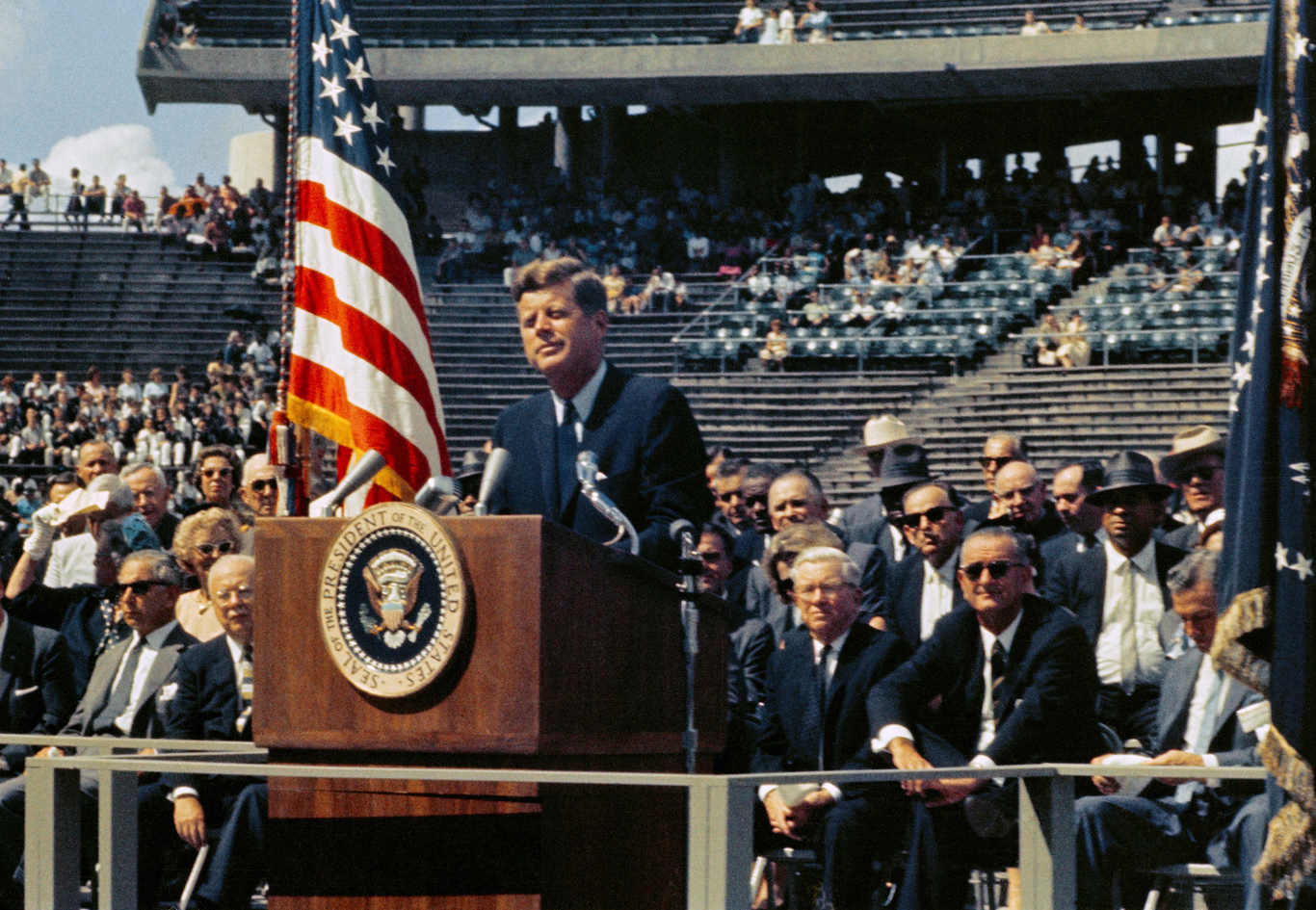To present with impact, motivate a crowd or nail an interview, become a good storyteller
The brains we have now are, first and foremost, those of oral historians, of storytellers.
In 587 BC, 4,000 people were forced out of their city by King Nebuchadnezzar II. The King of Babylon had conquered Judah, laid successful siege to Jerusalem and then exiled thousands from their own city.
In exile, they sought to keep the customs of their people – their rituals, their laws, their ways of living and eating – alive for future generations. They did this by telling stories. They told myths, fables and parables to each other and to their children.
Seventy-one years after their banishment, the Judeans were led back to their ancestral home by a scribe named Ezra, who captured these stories in writing. These stories, told out of necessity to ensure a society remembered who they were, became the cornerstone of the scripture of Judaism, the Torah.
Humans are storytellers by nature. It’s how we process information, it’s how we convince ourselves and others to act, it’s how we remember points and it’s how we understand complex ideas.
If you want to present with impact. If you want to motivate a crowd or an individual. If you want to nail an interview. You need to become a competent storyteller.
Stories work because they are how we pass on information. We’ve been thinking and remembering via stories and oral history much longer than we’ve been reading or writing.
Oral historians
In 1962 John F Kennedy gave a speech at Rice University and provided that famous moment where he announced that the people of America “choose to go to the moon”. Within the text of the speech is the answer to why stories work so well.
In explaining human beings’ relentless drive towards advancement, JFK simplifies the timeline of human development. And in doing so, he makes it clear how brief a period our brains have had access to the written word.
“Condense, if you will, the 50,000 years of man’s recorded history in a time span of but a half-century. Stated in these terms, we know very little about the first 40 years, except at the end of them advanced man had learned to use the skins of animals to cover them. Then about 10 years ago, under this standard, man emerged from his caves to construct other kinds of shelter. Only five years ago man learned to write.”
The brains we have now are, first and foremost, those of oral historians, of storytellers. We are conditioned to remember through story. This accepted truth is backed up by more modern research.
A 2010 study from Princeton University found that a storyteller and his audience react to a story in a similar way. Under an MRI, the brains of both a speaker and listener were found to “exhibit joint, temporally coupled, response patterns”.
This means that the same areas of their brains reacted, at the same times. The listener lives the story, making it memorable.
A multi-year research project by Chip Heath, author of Made to Stick and a professor at the University of Stanford, gives further weight to this point. Heath asked students to deliver a one-minute speech.
After a 20-minute break, their classmates were asked what they could recall. Five per cent were able to remember an individual statistic, while 63% were able to remember the stories told as part of the presentation.
The power of parables
Stories help your audience remember and process. It’s why the exiled Jews used stories in 587 BC, why Mohamad spoke in parables in 571 AD and why Obama used his personal narrative in 2008. Stories are a transportation tool.
A story for the sake of a story is no use. You need to know what you want to transport. What is your objective? What do you want people to be able to remember, think, or do when they think of your story?
When Jesus told the parable of the Good Samaritan, he wasn’t just giving his followers advice on what to do when they met an injured passer-by on the road from Jerusalem to Jericho. He was seeking to inform all their behaviours – attaching the wider principle of “love thy neighbour” or “be sound to people regardless of who they are” – to a specific, singular tale.
Think of it as passing a message via bow and arrow. The story is simple – the arrow you use to embed the message. You don’t technically need the arrow to stick into the castle wall, but without it, the scroll would never get delivered.
If you need an interview panel to remember you are a great communicator, you need to tell a specific, memorable story of a time when your communication skills delivered results.
If you’re trying to explain a complex concept you need an audience to understand, you need to give a detailed example of the concept in action.
If you want to ensure your audience takes a certain action, you need to force them to imagine a specific moment where that action would positively impact their life.
Everyone can use stories. It’s ingrained in us – we do it every day. But the truly great communicators don’t tell stories for the sake of storytelling. They’re not simply entertainers. They tell stories that have a purpose, stories that have a long term, intended impact on their audience.
Call them what you will; stories, fairy tales, fables, case studies, parables. Specific, vivid and visual examples are essential. What matters is that they act as the arrow that ensures your message arrives to, and sticks with, your audience.
Lorcan Nyhan is a senior consultant and the head of careers at The Communications Clinic and a regular contributor to Fora.
Get our Daily Briefing with the morning’s most important headlines for innovative Irish businesses.






